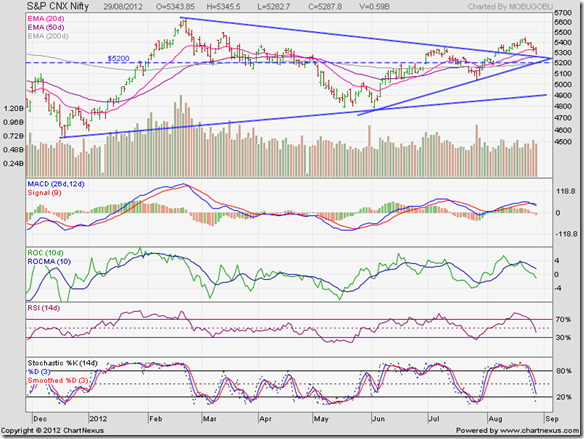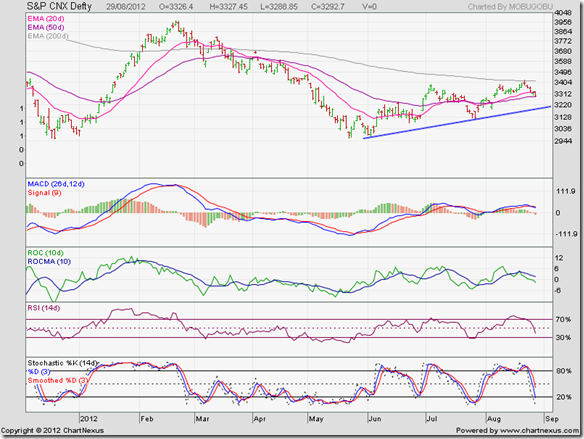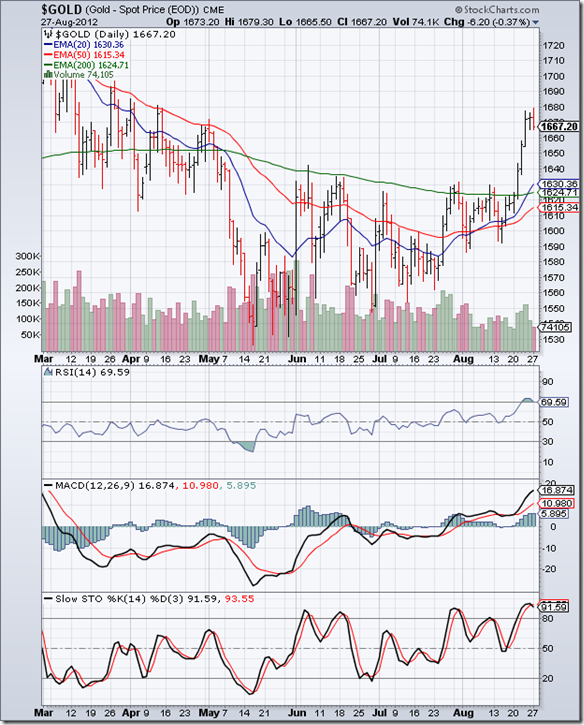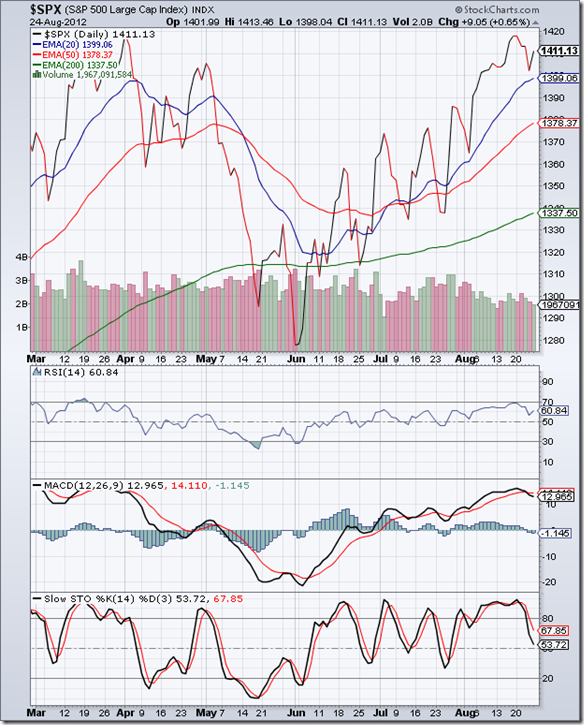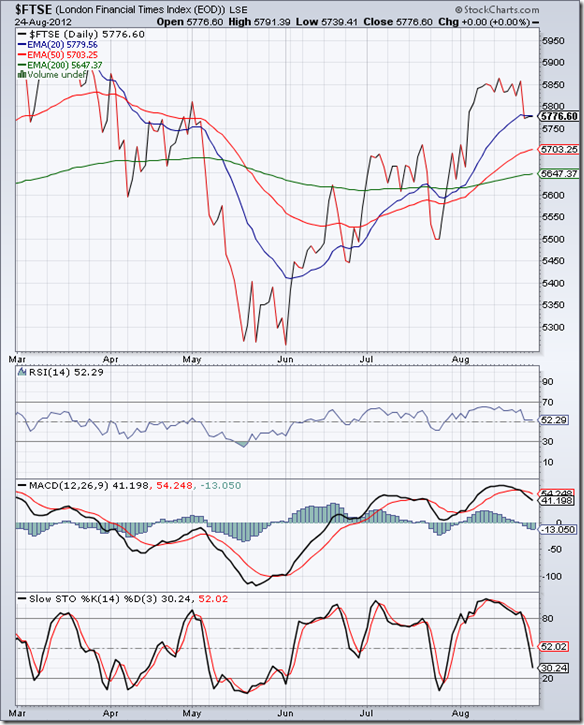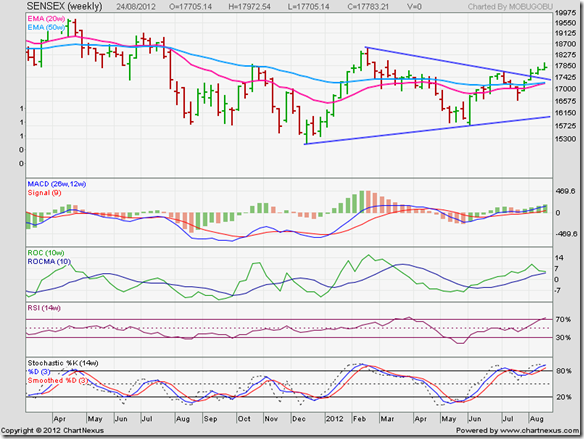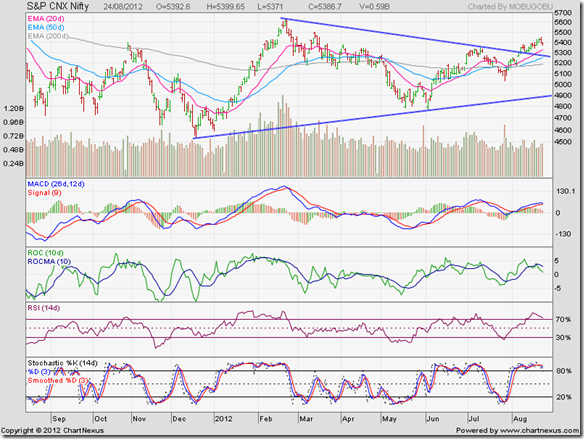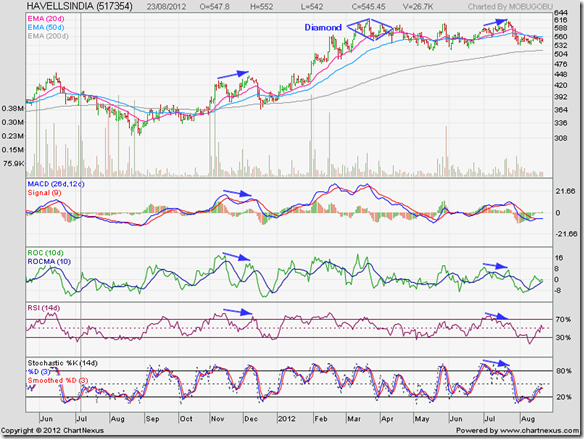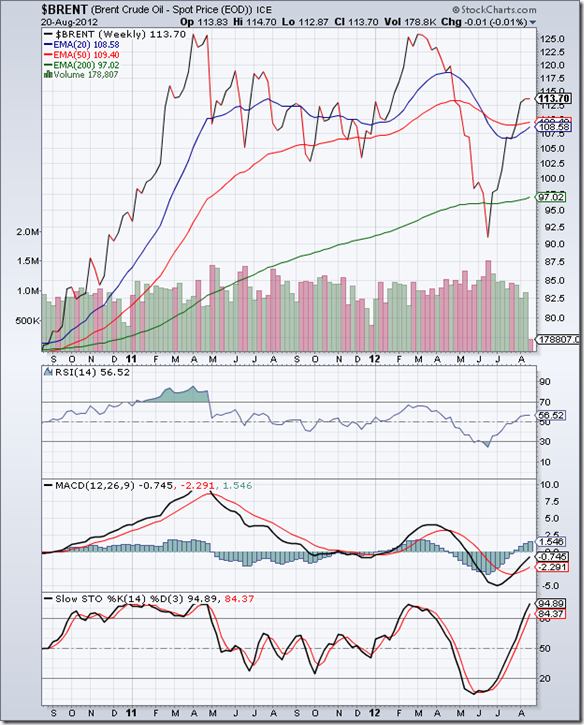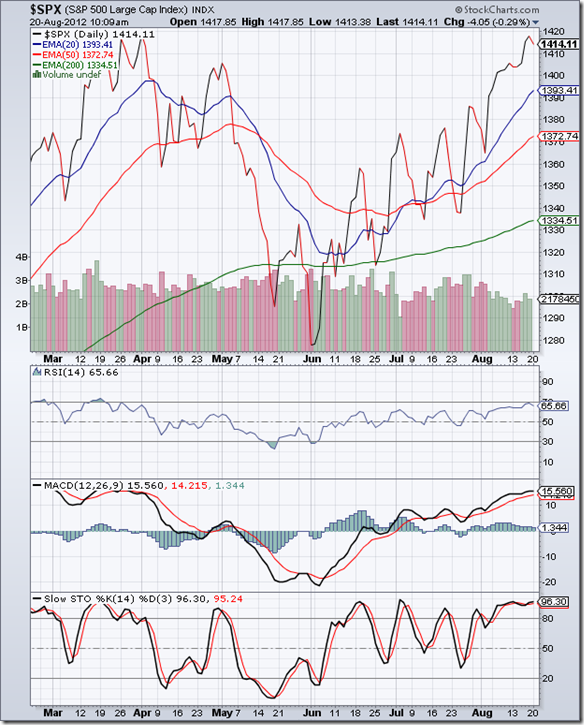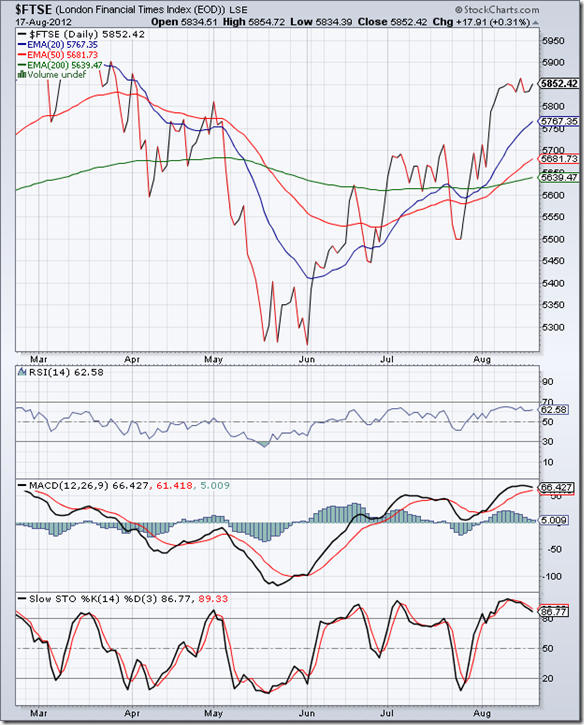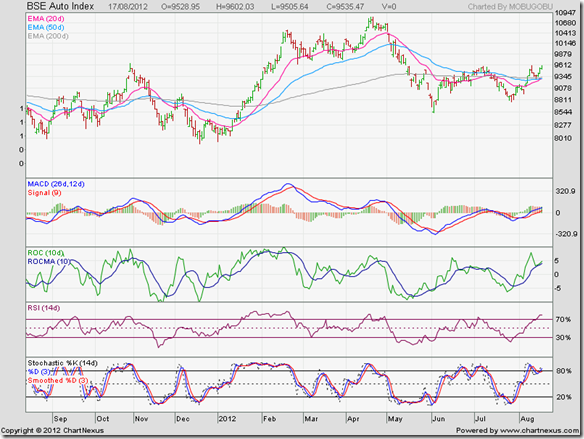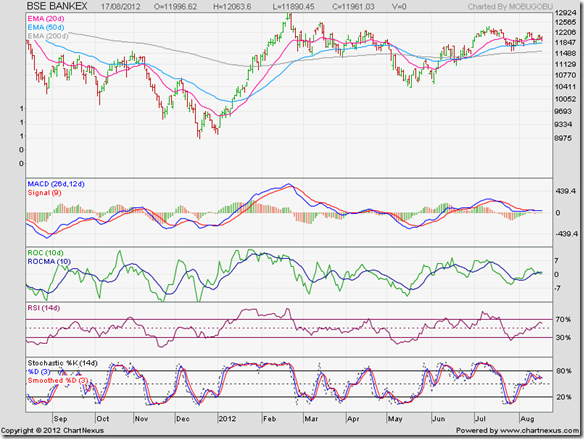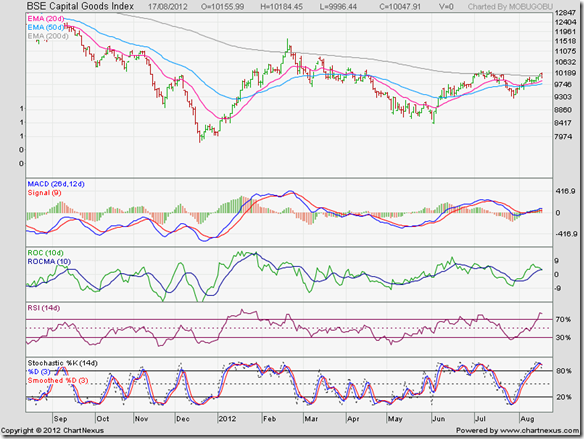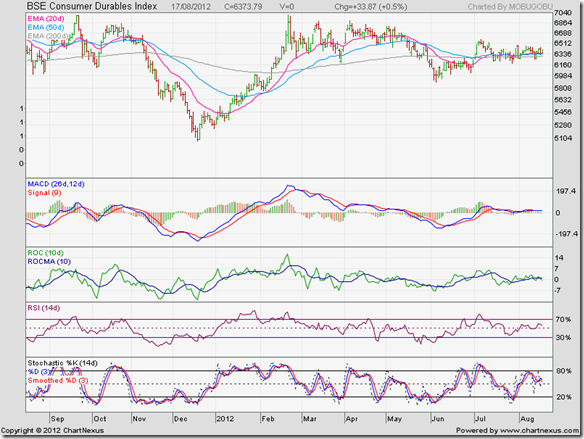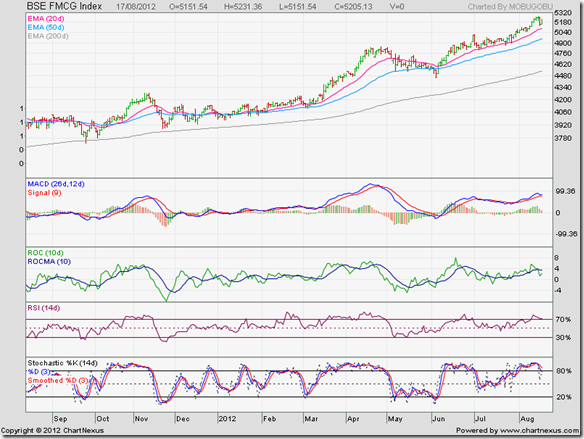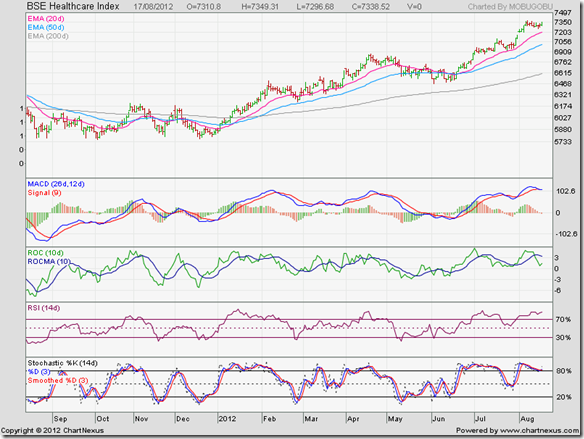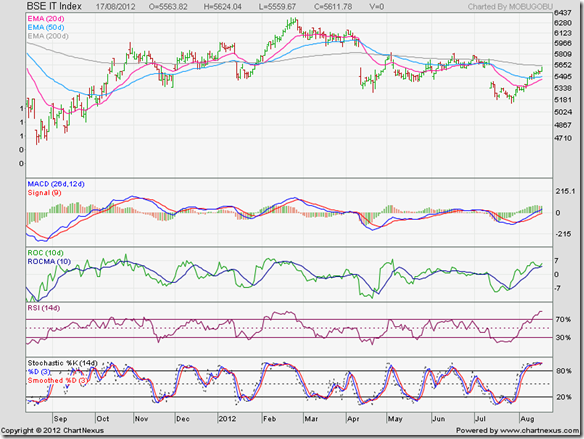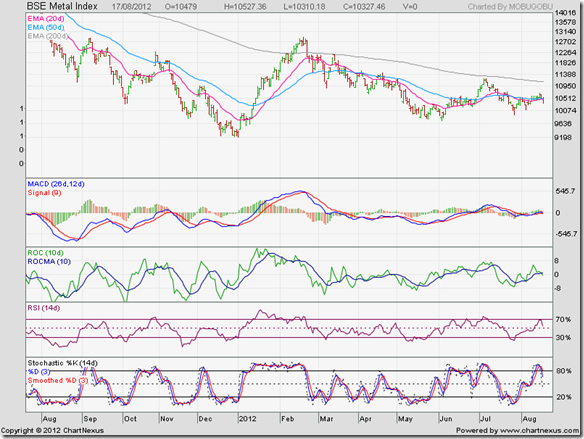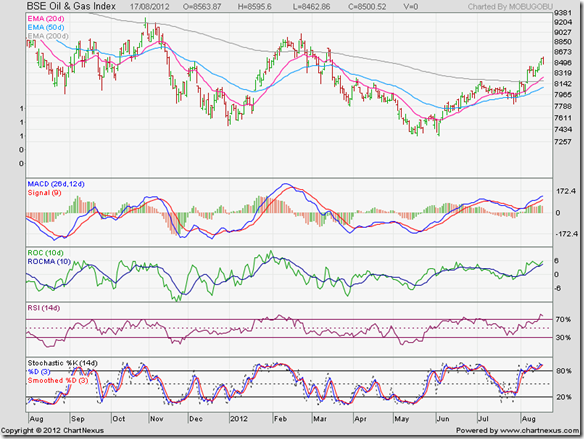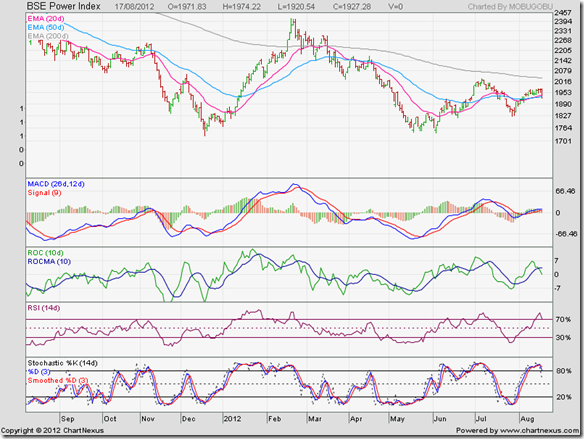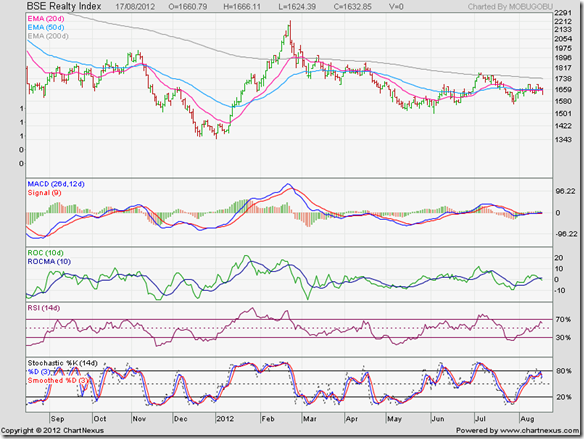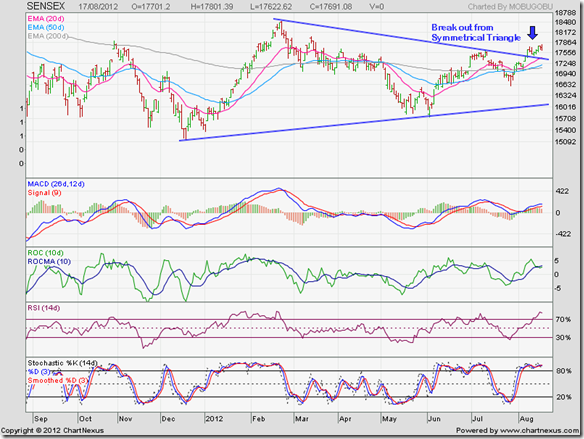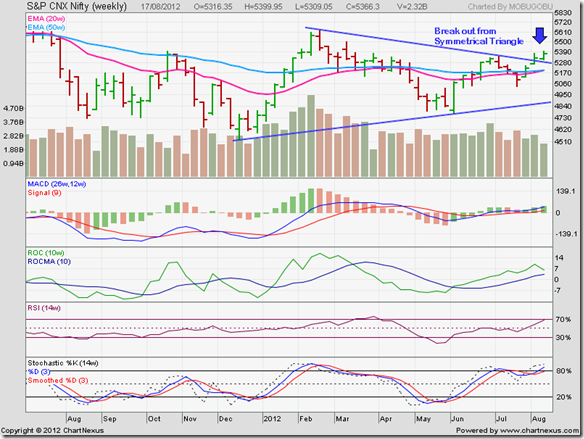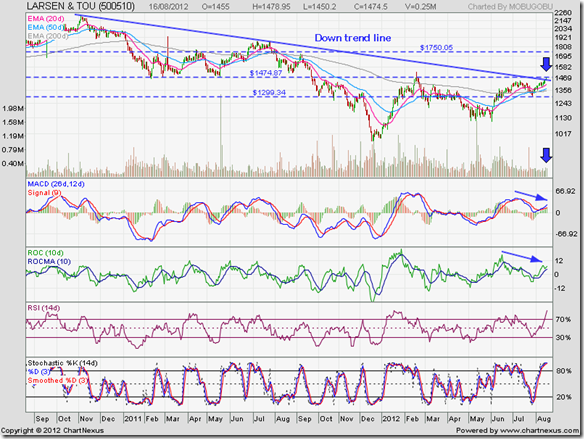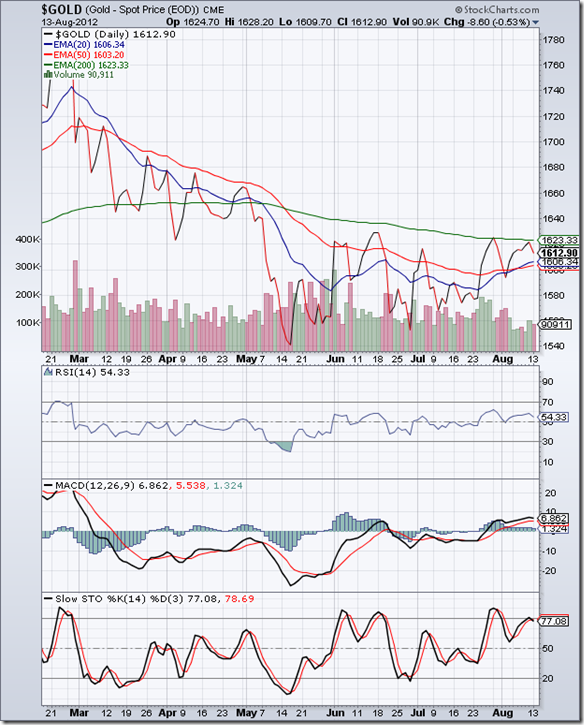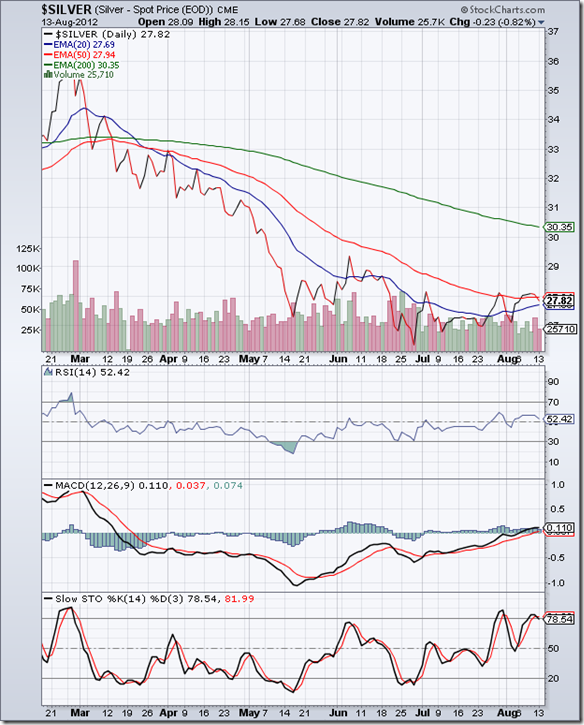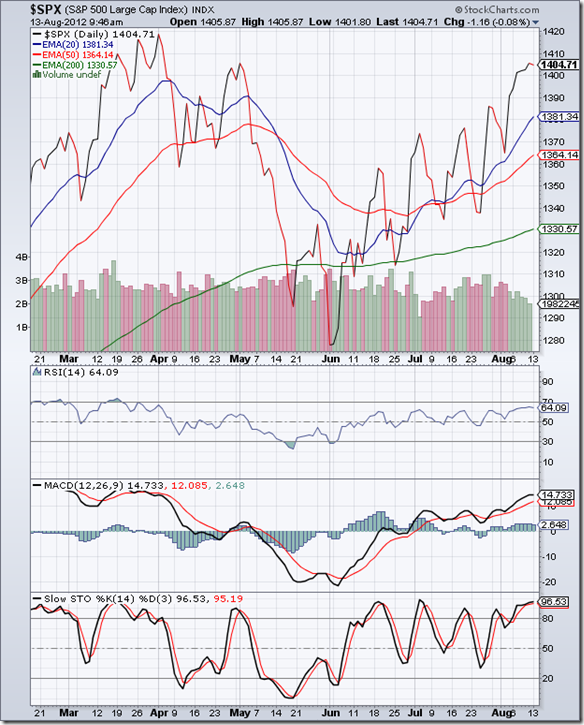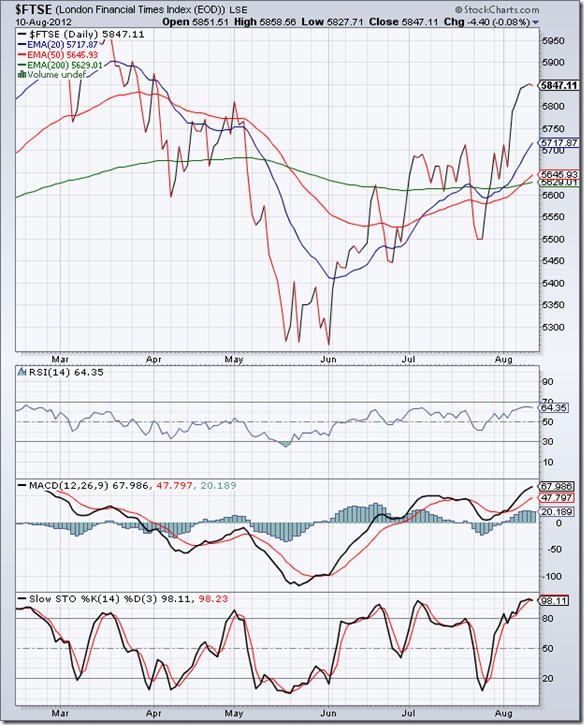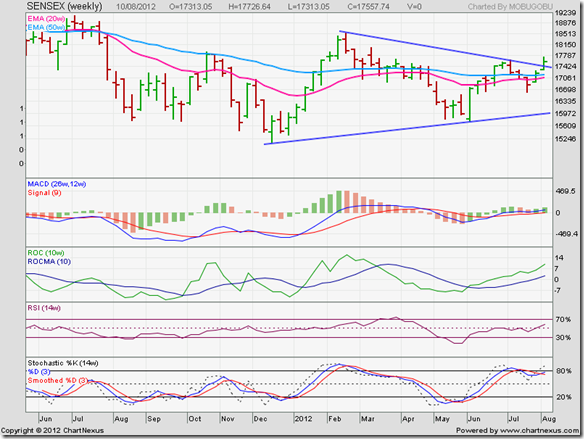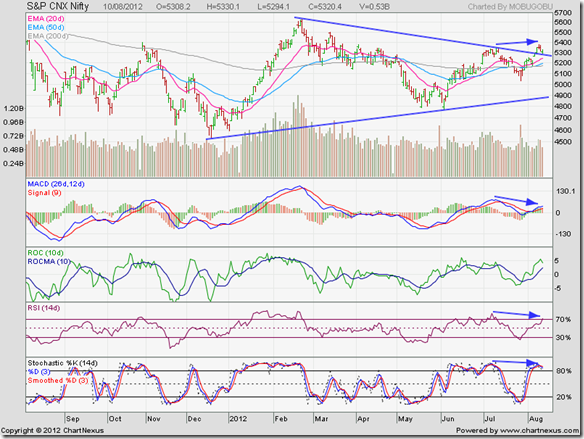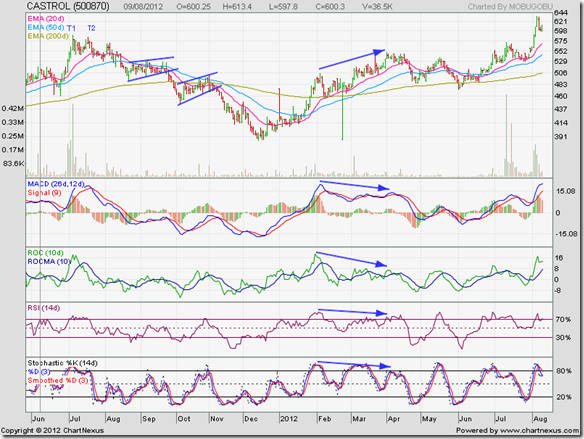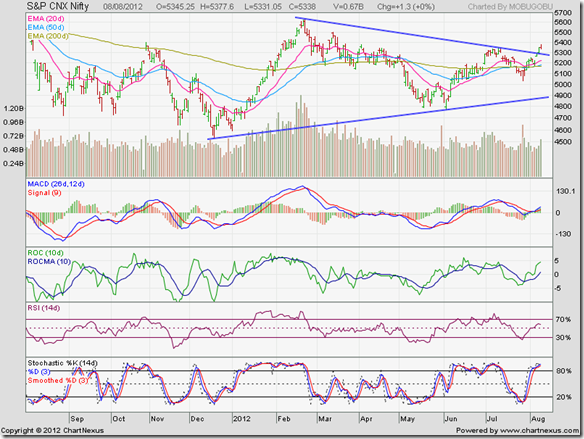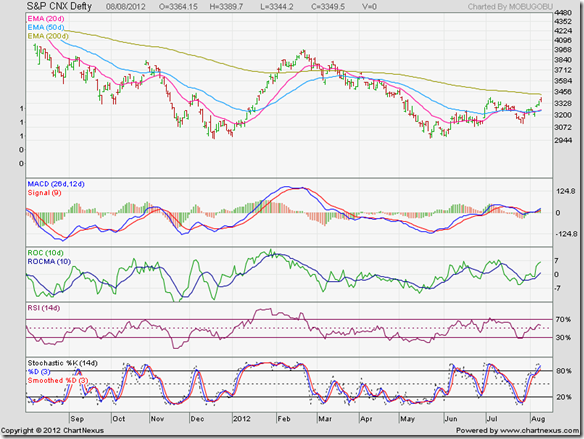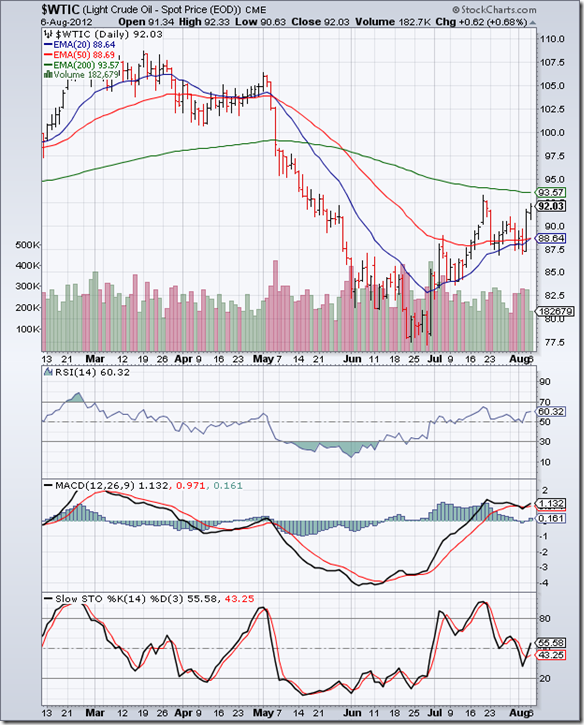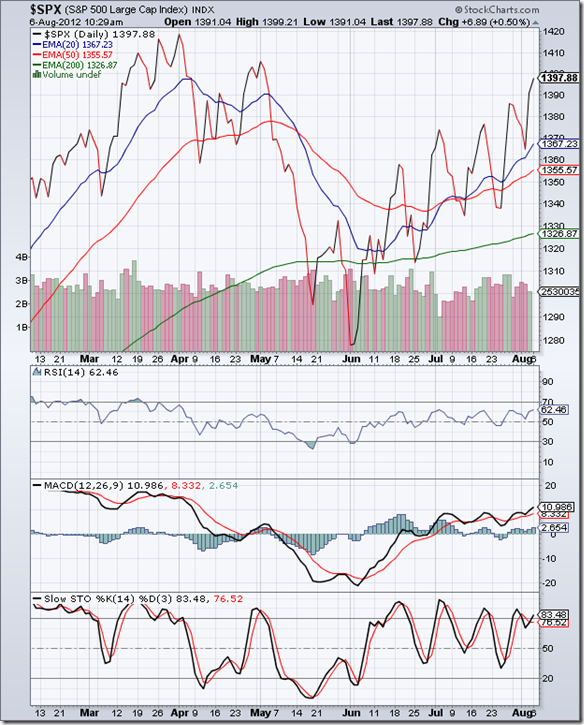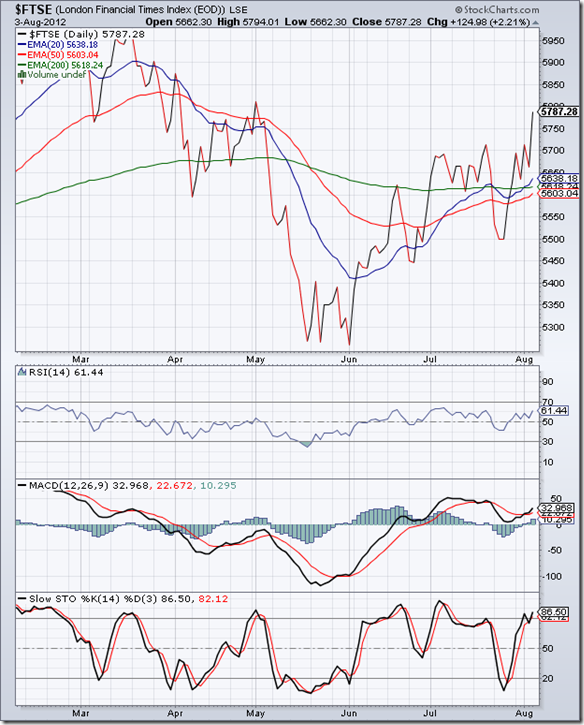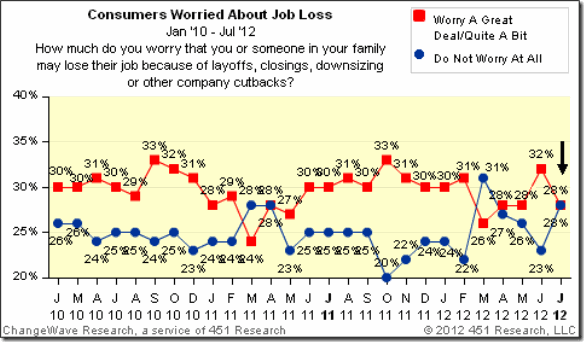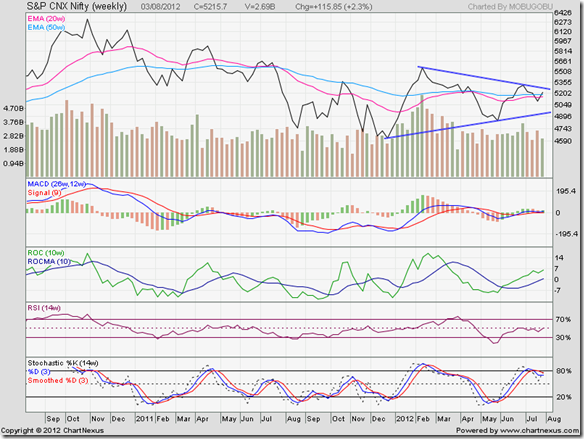In our rush to get into the stock market – whether buying mutual funds or individual stocks – we often forget that other people are likely to be dependent on the wealth we create through our savings and investments. It could be elderly parents, or a differently-abled relative or our own spouse and children. Accidents can and do happen – and warning bells do not announce them. What if some untoward incident robs us of our ability to work or even cost our life?
In this month’s guest post, KKP gives the low-down on why, when and how to buy a Life Insurance policy. He highlights the fact that a term life insurance policy can be used to protect certain future milestone expenditures.
--------------------------------------------------------------------------------------------------------------------------------------
Ask Good Questions Before Buying Life Insurance
Why protecting ourselves and our family against the unexpected is prudent, and we know it well. Hence we have Life Insurance, Home Insurance, Auto Insurance, Motor-cycle Insurance, Health Insurance, Dental Insurance, Liability Insurance, Accident Insurance, Identity-Theft Insurance, and all sorts of gimmicky Travel Insurance. But, the biggest out of all of these is Life Insurance, and this topic preys on the minds of consumers in a huge way.
We work hard for our money and would like our family to enjoy the fruits of our labour throughout the coming years without having any real catastrophic downfalls due to ‘failure in one corner’. Preparing for our family's future, however, means more than investing appropriately in order to achieve the right combination of growth and stability for our goals and time horizon. For many, it involves purchasing the right amount of various types of insurances during the working years, and for others, it is getting duped by the insurance salesperson who tends to become friends of anyone who purchases a lot of the above types of insurances.
Let’s talk about Life Insurance, which is the biggest ticket item for most. Life insurance can help mitigate the financial impact on our loved ones in the event of our death. So, in essence it is not “Life” insurance, but “Death” insurance. When you stop for a second and think about it, things will start to change in your mind. When ‘death’ occurs, what do we want our family to be left with? That becomes the million dollar question. With a life insurance policy, our family can use the proceeds to help replace lost income, eliminate debt, pay for college, keep a business afloat, or address other financial needs and goals while they adjust to a new life. That should be the SOLE purpose of buying Death Insurance. But, many of us have heard the story differently from the Insurance Salesperson.
How does life insurance work?
A life insurance policy provides a payment in the event of your death that can help protect your family's lifestyle in the absence of your earning power. Here's how it works: When you purchase a life insurance policy, you're buying a contract with the issuing insurance company. The issuing insurance company guarantees that upon your death, it will pay a preset amount to your beneficiaries. The guarantee is subject to the insurance company's claims-paying ability. The proceeds are typically free from income taxes. The insurance company pays your beneficiaries directly, so they receive the funds without the delays and expenses associated with the probate process that governs assets passed down via wills. Depending on the size of your estate, benefits from a life insurance policy may be subject to estate tax.
What types of life insurance are available?
Life insurance policies fall into two general categories: term and permanent. A term insurance policy covers a specific period of time, such as 1, 5, 10 or 20 years. At the end of that period, you normally stop paying premiums and your coverage ceases. A permanent insurance policy covers you until your death, regardless of age - as long as premium payments are up to date. Permanent insurance generally includes an investment component along with the insurance policy, and generally carries higher premiums as a result. Permanent insurance is commonly used for wealth transfer and estate planning purposes. Read that last sentence again. It is used for Wealth Transfers, when an investor possesses ‘wealth’. A lot of families are buying permanent life insurances for their kids, and for themselves, when they should really be buying a College Savings Plan, or A Plan for Kids Marriage etc. There are MORE important lofty goals to conquer before buying permanent life insurances. Sure, it will cost more as one ages, but that is when we will have more money also. The key is to save money towards the shorter term goals first, by paying the minimum you can with term insurance, and investing the rest into a College Savings Plan (for example), or down-payment towards a house or, daughter’s marriage.
Term insurance is generally more affordable, and in many cases more appropriate, for most purchasers. Term insurance allows you to gain access to life insurance with a lot less money than you'd need if you were trying to buy the same amount of permanent insurance. One helpful comparison is the economics of leasing a car versus buying one: You can often get a more expensive car for the same payment by leasing, rather than buying, the vehicle. Or saying it differently, for the same car that you like, the payment will be a lot cheaper.
When is the right time to buy life insurance?
Many people could benefit by having life insurance. In general, when someone else is depending on your income, there's generally a need for life insurance. Remember, it is ‘death insurance’.
You may already have life insurance coverage through your employer (for those working for big companies). Even so, it's usually a good idea to consider purchasing additional coverage independently, because policies you buy outside an employer's plan are portable, meaning your coverage continues even if you lose or leave your job. Also, your employer's coverage may not meet your financial obligations for adequately protecting your family, although generally in the US, it is cheaper to buy through employer than going outside.
It's a good idea to review your need for life insurance whenever a major life event occurs. This is really the crux of the equation. Consider the following events and the ways in which life insurance might help protect your family in each scenario:
- New home purchase or major home improvements. Life insurance can cover your mortgage or home equity obligations in the event of your death.
- Marriage. A wedding should prompt you to review your entire financial situation, including your income needs, debt, and other liabilities, and to add a layer of protection for both spouses.
- Birth or adoption of a child. A life insurance policy can provide protection for your family's increased income needs as well as any debt you may have taken on, including college expenses.
- New job. A term insurance policy can replace any group coverage you may have had from a former employer, and allow you to increase your coverage amount in accordance with your new salary.
For families with children, if one spouse is staying home, it may be important to have life insurance for that spouse in addition to insuring the primary wage earner. Consider the value of the stay-at-home parent and the services he or she provides. If a premature death were to occur, in addition to being a devastating loss, it would be a tremendous financial strain on your loved ones and might impact the working spouse's ability to continue to make the same living.
Term life insurance can cover future college expenses, funeral and estate expenses, and even business ownership needs. As you consider purchasing life insurance, bear in mind that you'll generally have to provide “evidence of insurability.” This means that before an insurer issues a policy, the company will typically require you to undergo a basic medical screening, often scheduled at your home or workplace. Generally speaking, the better your overall health, the lower your premium will be. Many factors contribute to the price you will pay for insurance, such as your age and your health. Low blood pressure and low cholesterol, along with a healthy body weight, will typically lead to a lower price and it’s usually easier - and less expensive - to buy life insurance in your twenties and thirties than in your forties, fifties, or sixties. Sometimes health issues arise later in life that can make insurance difficult or costly to obtain. None the less, term is very affordable and the events noted above are the best time to consider getting the perfect coverage. Run some models using the calculators provided in the net (search for Insurance Coverage Calculator) and it will provide some good guidance on the amount of insurance you would need. Buy a bit more than what the model is suggesting.
How much life insurance do you need?
There are several ways to go about determining how much coverage you need. One simple method is to buy coverage equal to 5 to 10 times your annual salary, bonuses, etc. Following this rule of thumb, if you make Rs 500,000 annually, you'd buy a policy between Rs 25,00,000 and Rs 50,00,000.
Other methods are more precise and take certain aspects of your financial situation into consideration, such as the capital you've already accumulated, the liabilities you've accrued, and the specific costs you'd like your family to be covered for in the future.
When purchasing term insurance, you'll also have to determine how long you'd like to have the coverage in place. One benchmark to use is the number of years you have until you can comfortably afford to retire, or you will be debt free and have good amount of assets. You may, however, want to consider other scenarios, such as the number of years until all your children complete college, or how much it would cost to replace your income for 10 years.
One of the major benefits of term life insurance is its ability to protect your assets at an affordable price. Take care to avoid buying a policy with premiums you may not be able to afford in the future. It's better to buy a smaller policy with premiums you can comfortably afford than to buy a bigger policy that you have to let lapse because you can't pay the premium, as noted earlier.
As your life progresses, you will likely accrue greater financial responsibilities for your loved ones. Term life insurance can provide the money they need to help meet their expenses and maintain their standard of living.
Hope that this gives a good refresher on what do to about Life Insurance……I used to sell Term Life Policies exclusively, even though Permanent Life Insurance policies would give us 10x more commissions!! It was the right thing to do.
--------------------------------------------------------------------------------------------------------------------------------------
KKP (Kiran Patel) is a long time investor in the US, investing in US, Indian and Chinese markets for the last 25 years. Investing is a passion, and most recently he has ventured into real estate in the US and also a bit in India. Running user groups, teaching kids at local high school, moderating a group in the US and running Investment Clubs are his current hobbies. He also works full time for a Fortune 100 corporation.
